Publications
Last
Advertisement
Partners


SMS nonwoven composite material: technology, application, configurations of production lines

Medical protective clothing, such as bathrobes and protective suits, is made of composite non-woven materials, which are a combined product of non-woven spunbond and meltblown. The composition and further processing of the material depend on the required functionality.
What is composite nonwoven fabric (SMS) ?
Composite nonwovens consist of spunbond (S) and meltblown (M). Two different types of nonwovens form a composite fabric at a single production stage. Several layers of material (molten polymer extruded through numerous capillaries of the die and laid on a conveyor belt forms one layer) are superimposed directly on each other and firmly connected to each other (usually hot calendering). Thus, up to seven layers can be combined (for example, SSMMMMS). Meltblown nonwoven fabric is always surrounded by at least one layer of spunbond nonwoven fabric.
It is SMS (SMS) that represents a new kind of non-woven material for medicine, due to the combination of several layers of canvases with different functional properties.
As a rule, in the materials from which medical devices are made, the proportion of meltblown should be 20 percent. With a typical base weight of 45 g/m ² meltblown belongs to 9 g/m².
What function do the individual layers of SMS composite nonwoven fabric perform ?
Spunbond:
- strength
- hydrophobicity (repulsion of water and blood)
Meltblown:
- barrier function (protection against penetration of potentially infectious biological fluids)
- filtering function (protection against penetration of bacteria and viruses)
Raw nonwoven SMS materials are not suitable for use in operating rooms.
Protective clothing worn in the operating room should be alcohol-repellent. This property can only be achieved by subsequent processing of nonwoven fabric after its production. To do this, the non-woven fabric is subsequently treated with fluorocarbon in an immersion bath and dried in a dryer (usually "omega"-type with gas or electric air heating).
Without subsequent treatment of SMS nonwovens with fluorocarbon, the protection against water and blood is destroyed as soon as the material comes into contact with alcohol.
How is SMS composite material made?
The production line combines two technologies spunbond (S) and meltblown (M). Spinning beams of spunbond and meltblown are located in the line next to each other according to the modular principle. Each beam produces a layer of material that is laid on a conveyor belt passing through the entire length of the line at a speed of up to 1200 m/min. Further, the resulting multi-layer fabric undergoes the bonding stage under high temperature and pressure conditions on the calender. The result is a composite non-woven material consisting of tightly bonded layers.
Some examples of possible line configurations:
- SMS (minimal layer structure for very inexpensive protective clothing incompatible with use in operating rooms)
- SMMS (protective clothing, also suitable for surgery, but good quality material can only be produced with reduced line performance)
- SMMMS (typical structure of layers of medical protective clothing)
- SSMMMS (high product flexibility)
- SSMMMMS (high quality, high flexibility, high speed)
Flexible production by turning spinning beams on and off
Spanbond and meltblown beams can be turned on and off individually. Thus, the structure of the layers can change arbitrarily and, consequently, different materials can be obtained.
Flexible production due to the independent operation of meltblown beams
Meltblown beams in a composite system can be moved to the so-called autonomous position. This makes it possible to independently produce pure meltblown nonwoven fabric (filter medium in respiratory masks), while the main line continues to produce other medical or hygienic products - SMS (medical protective clothing) or pure spunbond (outer and inner layer in respiratory masks, etc.). This is possible if two winding devices with different technical characteristics are installed in the composite line: the main one is for SMS and spunbond, and the auxiliary one is for meltblown.
Materials for which products can the SM..S line produce?
The configuration of the line is the decisive factor determining which products can be produced using this technology. The configuration of the SMMMS line offers a high degree of flexibility with regard to medical protective clothing.
The following materials can be produced on the SMMMS line:
Spunbond
- material for protective hoods and shoe covers, as well as lightweight protective suits
- outer and inner layer of face masks
- geotextile, agricultural covering material, upholstery material for the furniture industry
- a layer of laminated (duplicated nonwovens for hygienic and construction purposes)
SM..S
- material for protective medical gowns and suits
- material for the production of women's and children's hygiene products
- material for the production of disposable bed linen and surgical fields
Meltblown
- filter layer in breathing masks
- absorbent material when eliminating the consequences of oil and other petroleum products spills (in water and on land).

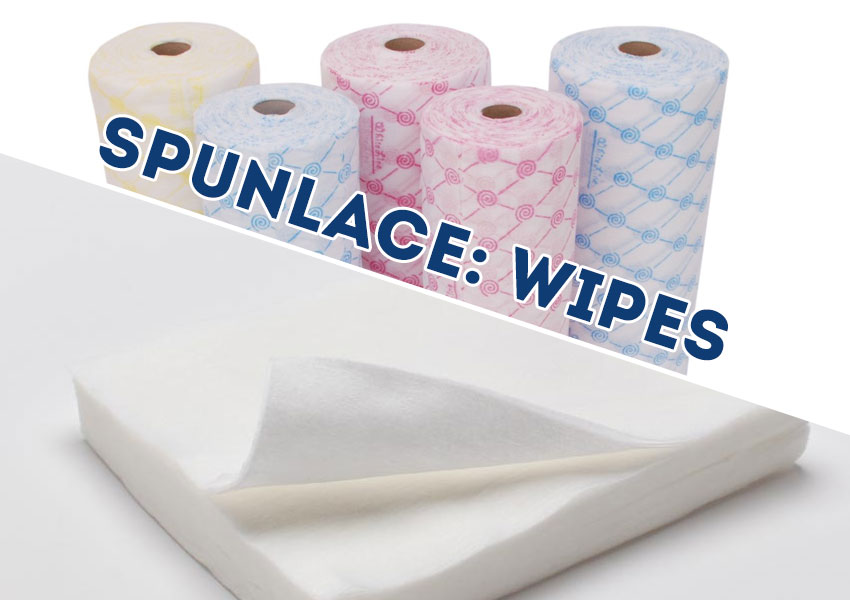
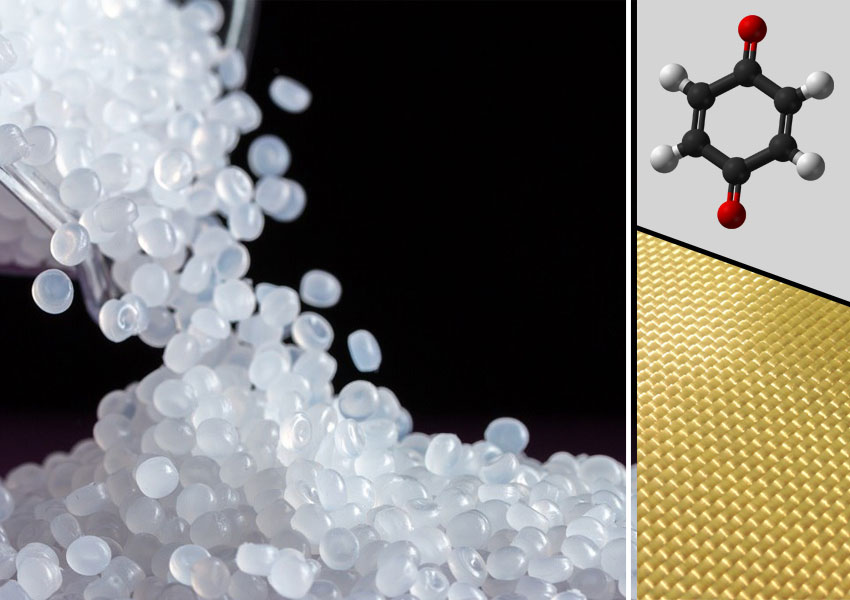

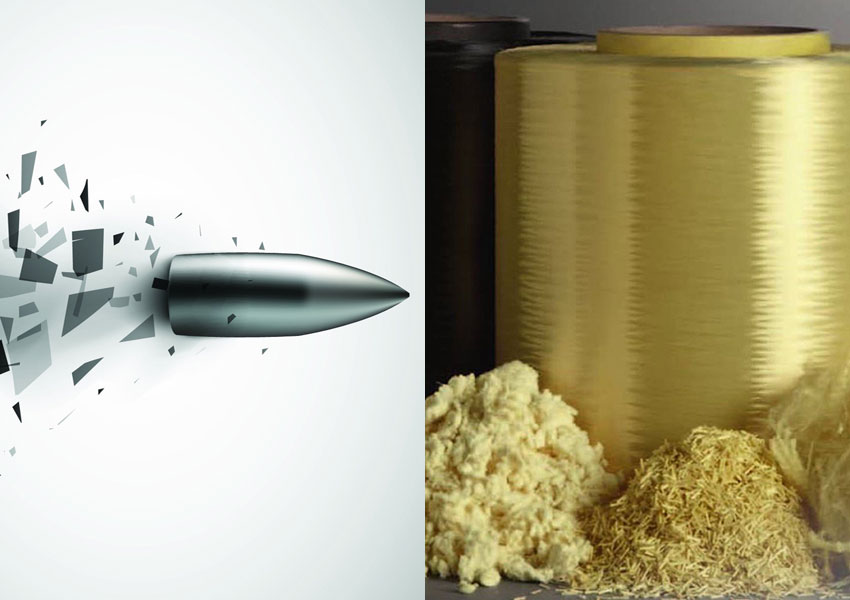
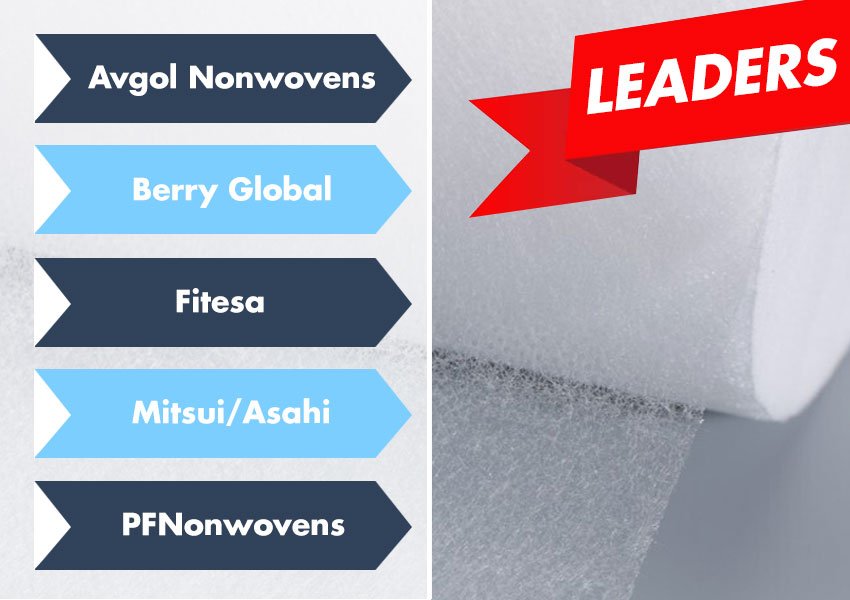




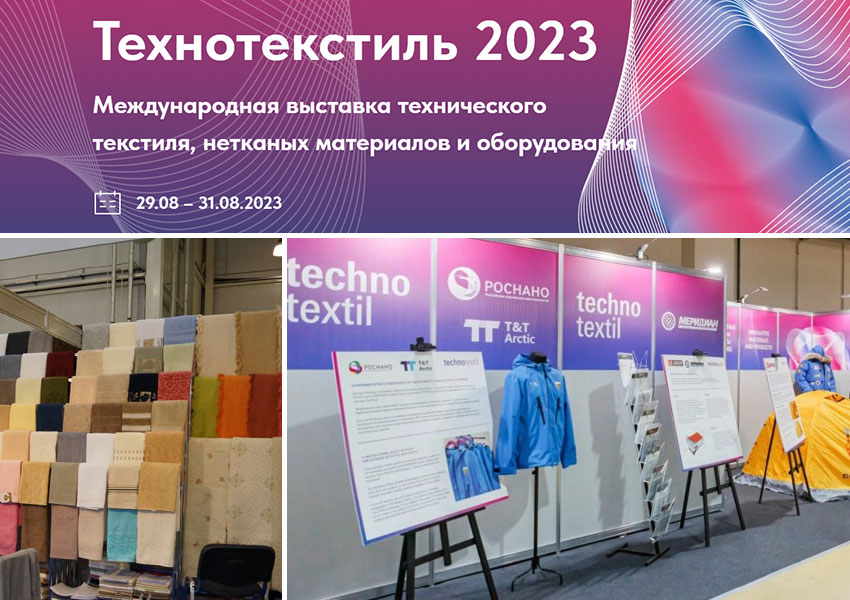



Сергей
1. На линиях в комплекции SMS и подобных геотекстиль производить нельзя, т.к. подобные линии используют гравированный каландр для скрепления волокон в холсте и нормальный режим у них до 80 гр/м2. При повышения плотности получаем плотный пластиковый лист, чаще всего водонепроницаемый. Некоторые его подают как "Садовый геотекстиль", но тогда уж лучше называть "садовой геомембраной". Так же важно понимать, что линии для производства геотекстиля по технологии спанбонд и линии по производству спанбонд - это технологически разные линии.
2. Отедльно на данный линиях мельтблаун производить можно, но слишком уж дорого. Так же линия для этого требует серьезных модернизаций. Опыт ООО "Нетканики", ЗАО "Полматиз" и ООО "Авгол" прямо на это указывает. Так же стоит отметить, что из-за особенностей технологии, материал для масок получается с высоким сопротивлением дыханию. В целом, вне различного рода эпидемий и связанного с ними роста закупок фильтрующих материалов, отдельно мельтблаун производить на них не стоит.
Ruslan
Victoria